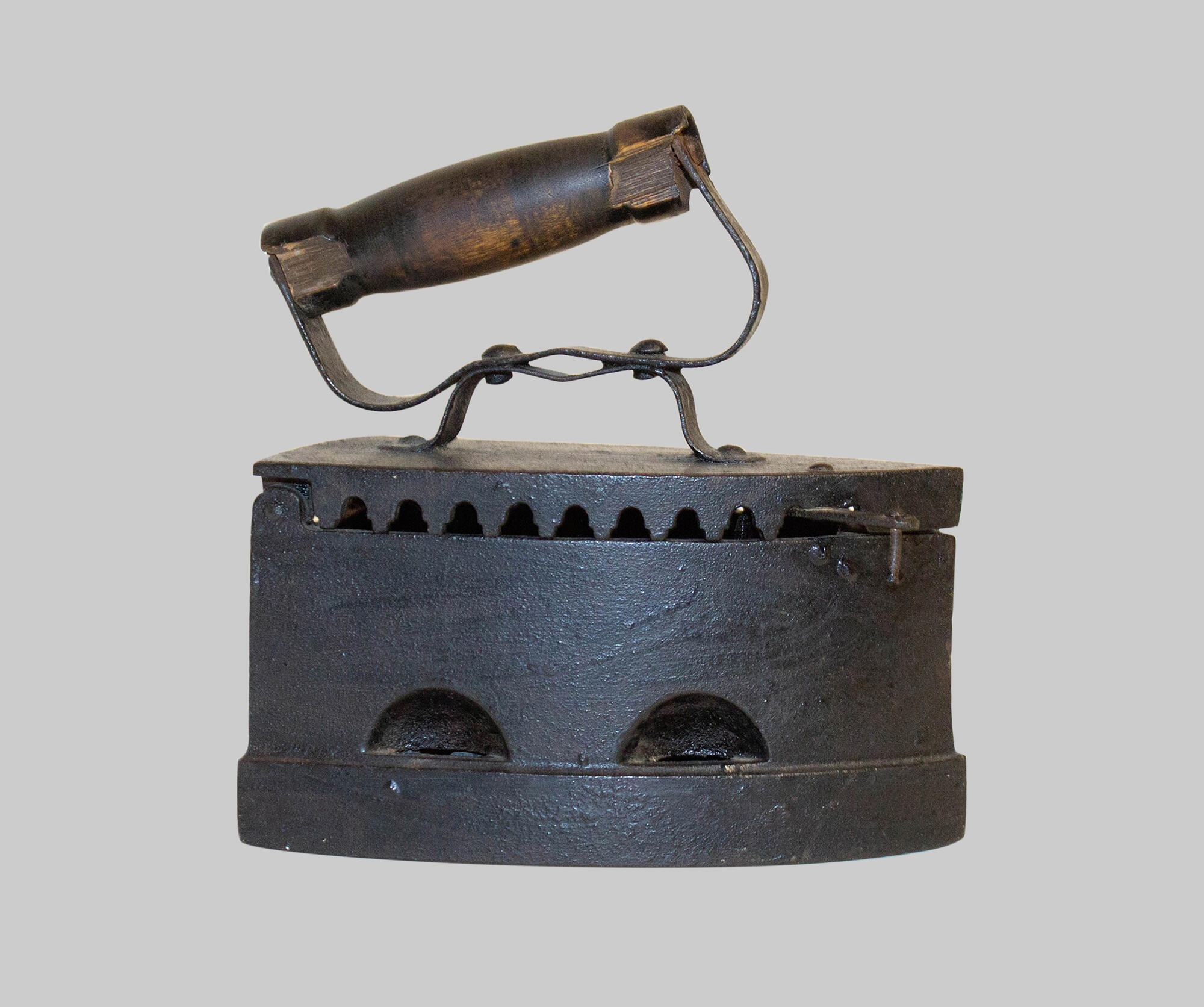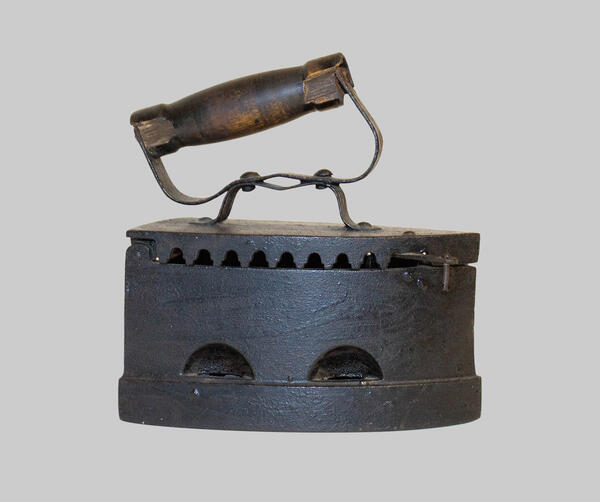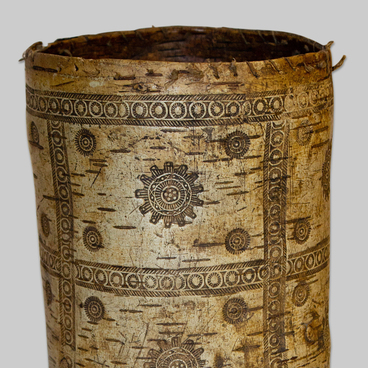Coal irons have a surprisingly long history. They first appeared in the 17th century, and by the 18th century, their popularity swept almost the entire world. Their use continued well into the late 20th century, and you can still see them used in South America, Africa, and India.
In the Middle Ages, people used a device similar to a frying pan to press their clothes: coals were placed inside a cast-iron brazier with a handle, and this ‘frying pan’ was used to smooth the fabric. Such a device was also common in Russia prior to the introduction of clothes irons. The first mention of the iron in Russia was found in 1636 in the records of TsarItsa YevdokIa, the wife of MikhaiI Fyodorovich Romanov: ‘On the 31st day of January, blacksmith Ivanko Trofimov (got) five altyns (1 altyn equaled 3 kopecks), and for that money, he made a clothes iron for the tsarina’s chamber’.
18th and 19th-century irons were metal devices that were already close to modern ones in shape. In those times, the charcoal iron was a clear sign of prosperity and well-being in the household: it was placed conspicuously, next to the samovAr. Irons were quite expensive. A mother would keep an iron to pass it on to her daughter. Such irons are heated using charcoal or hard coal. Early charcoal irons were hand-made from riveted sheets of metal; later they were cast from iron into a special mold in factories. The charcoal iron was more difficult to make and more expensive than a cast iron.
Over time, the design has improved: the iron was fitted with a pipe, vent, grates and even a water thermometer. It began to resemble a miniature oven, which was filled with birch or hard coals. Holes were made on the sides for better traction. To re-ignite the already cooled coals, one had to blow through the holes, or swing the iron from side to side. Such a device was not particularly convenient: sparks and small coals flew out, leaving burn marks and holes in the clothes. To avoid this, they subsequently came up with a closed iron design.
In the 18th century, industrial production of coal irons was already established. They were produced by DemIdovsky and some other foundries. A charcoal iron from the collection of the Fyodor Reshetnikov’s Museum was made at the KaslI Plant in the second quarter of the twentieth century.
In the Middle Ages, people used a device similar to a frying pan to press their clothes: coals were placed inside a cast-iron brazier with a handle, and this ‘frying pan’ was used to smooth the fabric. Such a device was also common in Russia prior to the introduction of clothes irons. The first mention of the iron in Russia was found in 1636 in the records of TsarItsa YevdokIa, the wife of MikhaiI Fyodorovich Romanov: ‘On the 31st day of January, blacksmith Ivanko Trofimov (got) five altyns (1 altyn equaled 3 kopecks), and for that money, he made a clothes iron for the tsarina’s chamber’.
18th and 19th-century irons were metal devices that were already close to modern ones in shape. In those times, the charcoal iron was a clear sign of prosperity and well-being in the household: it was placed conspicuously, next to the samovAr. Irons were quite expensive. A mother would keep an iron to pass it on to her daughter. Such irons are heated using charcoal or hard coal. Early charcoal irons were hand-made from riveted sheets of metal; later they were cast from iron into a special mold in factories. The charcoal iron was more difficult to make and more expensive than a cast iron.
Over time, the design has improved: the iron was fitted with a pipe, vent, grates and even a water thermometer. It began to resemble a miniature oven, which was filled with birch or hard coals. Holes were made on the sides for better traction. To re-ignite the already cooled coals, one had to blow through the holes, or swing the iron from side to side. Such a device was not particularly convenient: sparks and small coals flew out, leaving burn marks and holes in the clothes. To avoid this, they subsequently came up with a closed iron design.
In the 18th century, industrial production of coal irons was already established. They were produced by DemIdovsky and some other foundries. A charcoal iron from the collection of the Fyodor Reshetnikov’s Museum was made at the KaslI Plant in the second quarter of the twentieth century.



